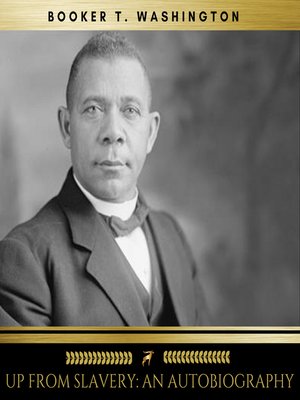

Although at one time discredited as sensationalistic in their portrayal of slavery, slave narratives have been recognized since the 1970s as an invaluable source of firsthand information about the experience of African Americans in slavery and the community they forged for themselves amid relentless oppression. Slave narratives were widely-read in the decades before the Civil War and instrumental in building support among white Americans for the abolition of slavery. Andrews, which is available through EDSITEment at the Documenting The American South website. Guiding Questionsīackground on the slave narrative and its place in American literature, is provided in " An Introduction to the Slave Narrative," by William L. To conclude the lesson, students produce an essay explaining how Brown's narrative challenged the prejudices of readers in his own time and how it challenges prejudices today.

Finally, students approach the narrative as an autobiography, a work of self-actualization in which Brown charts a spiritual as well as a literal journey to freedom.

Third, students consider the work's political dimension, weighing the arguments that Brown presents as an abolitionist spokesman and the degree to which his narrative should be treated as political rhetoric.

Next, they examine it as a work of literature, investigating the rhetorical techniques Brown uses to shape his experiences into a story. Students first consider the narrative as a historical record, examining episodes that describe the conditions Brown lived through as a slave. To help students recognize the complex nature of the slave narrative and its combination of varied literary traditions and devices, this lesson explores Brown's work from a variety of perspectives. Brown, An American Slave (1847), along with the Narrative of the Life of Frederick Douglass (1845), set the pattern for the slave narrative, one of the most widely-read genres of 19th-century American literature and an important influence within the African American literary tradition.


 0 kommentar(er)
0 kommentar(er)
